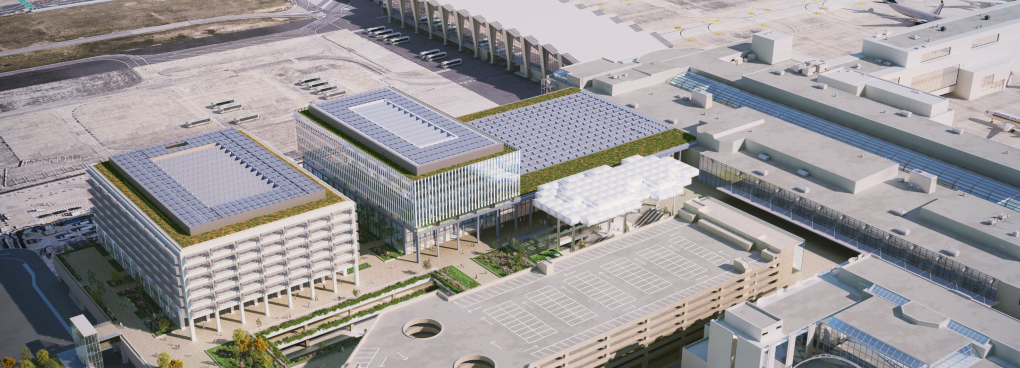
BELGIUM. Brussels Airport has launched a landmark investment programme to redevelop its infrastructure, featuring an intermodal hub, expanded terminal facilities, a new hotel, an updated drop-off zone and a green boulevard with a park.
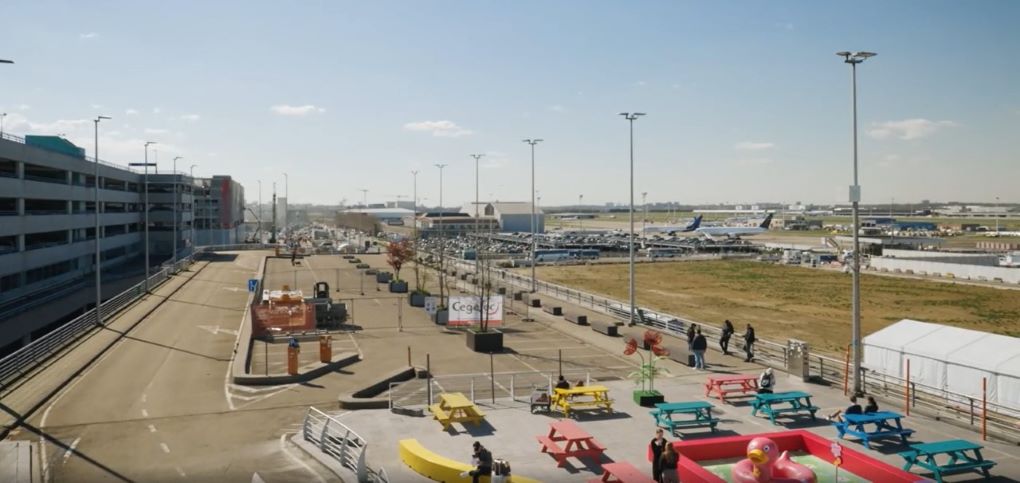
Set for completion by 2032, this marks the airport’s largest investment since the expansion of the current terminal and Pier B in the 1990s, addressing projected passenger growth while maintaining service quality.

The airport company has unveiled its vision for a modernised future, with plans designed to enhance the traveller experience and focus on quality, mobility and sustainability.
Brussels Airport CEO Arnaud Feist said, “A hub airport in the heart of Europe, Brussels Airport wants to further invest in the capacity and quality of its infrastructure for both passengers and employees. We are therefore proud to present our plans that will greatly enhance the experience of our passengers.

“Brussels Airport will offer passengers a totally revamped experience in the departure and arrival hall, with more space and light and breathtaking views of the operations on the tarmac.
“Moreover, we will also improve the interconnectivity between the various means of transport such as train, bus and the future tram and provide more capacity there. These investments will usher in a new era for the airport.”
Enhanced accessibility
The investment programme will highlight Brussels Airport’s role as a key mobility hub, integrating all modes of transport, including planes, trains, buses, cyclists, pedestrians, cars, taxis and shuttle services.
As part of its development as an intermodal hub, Brussels Airport is planning to modernise access to various transport modes and is preparing to host the terminus for the planned airport tram line.
Other improvements will include additional cycling infrastructure upgrades, expanding on the investments in recent years to connect to the cycle highways.
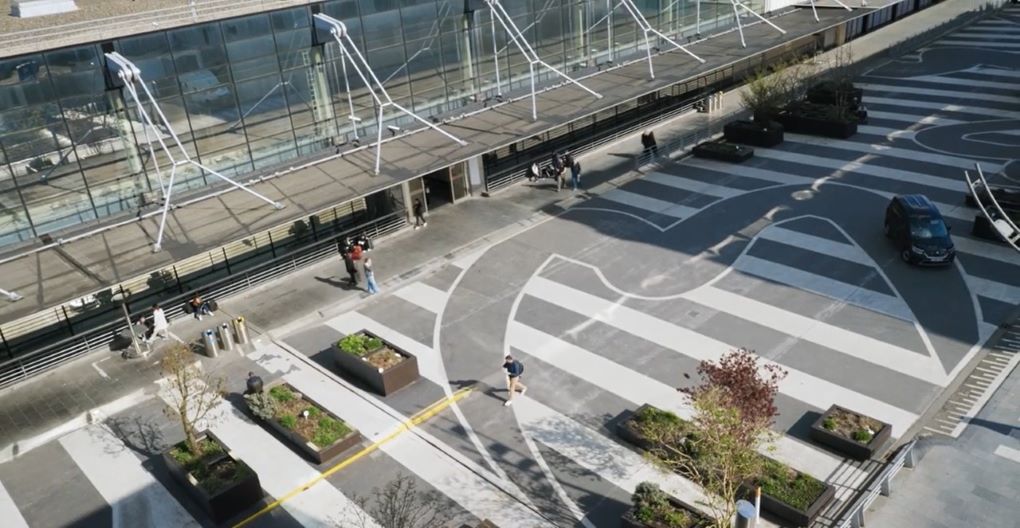
The airport currently relies on a single central axis with escalators connecting key transport modes to the terminal’s departure level, now operating near full capacity.
The redevelopment will introduce several access points, including a link to the train station, modernised central bus station, a redesigned taxi zone and dedicated intercity bus platforms.
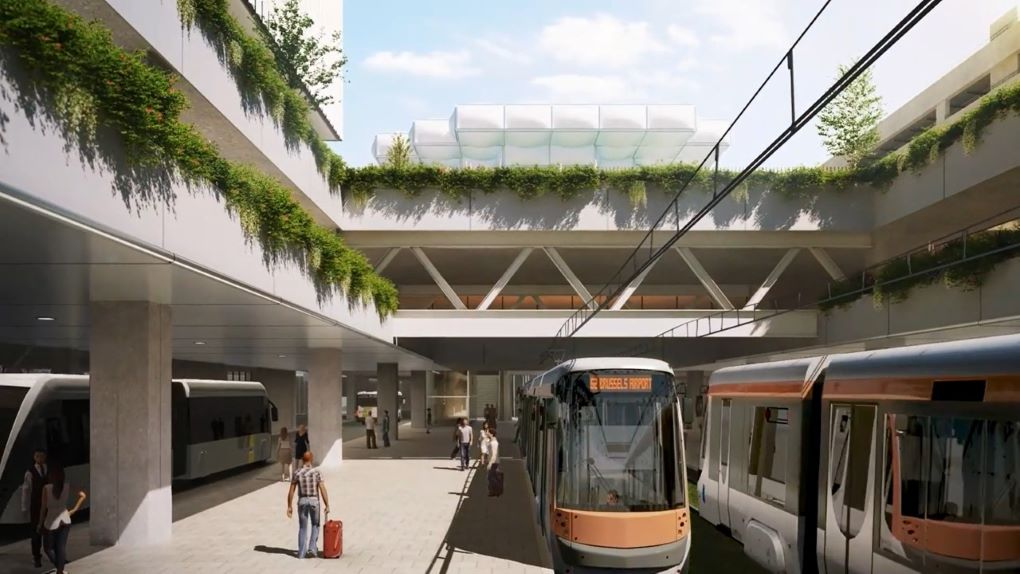
Other key project highlights include a green boulevard with a park and space for the airport tram, in addition to car and bicycle traffic.
Brussels Airport is reinforcing its focus on encouraging intermodality and expanding the use of alternative transport to and from the airport.
The airport will further improve connectivity by creating a drop-off zone at the departure hall level, behind the Sheraton Hotel, to streamline access to the terminal and separate drop-off traffic from other transport flows.
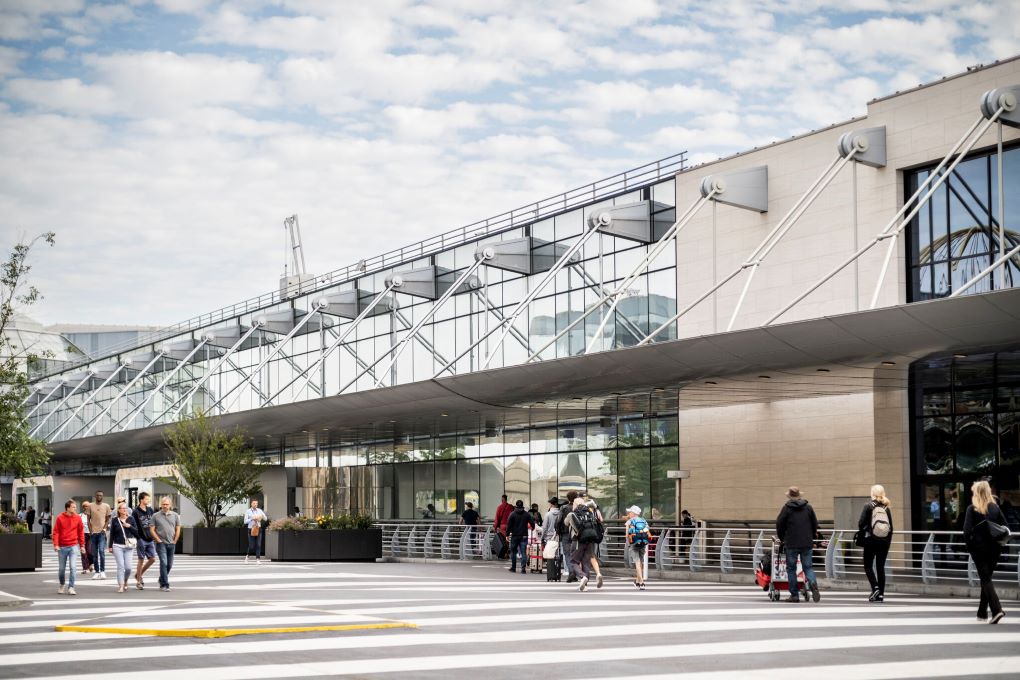
Federal Minister of Mobility Jean-Luc Crucke said, “This investment shows that the airport thinks ahead without losing sight of sustainability. I am particularly delighted that Brussels Airport is committed to an intermodal mobility hub where different modes of transport meet.
“This is essential because mobility today is no longer the sum of separate modes of transport. We need to evolve into smart mobility hubs that seamlessly link comfort, connectivity and climate ambition. These are great and ambitious plans that don’t think in boundaries, but rather in connections.”
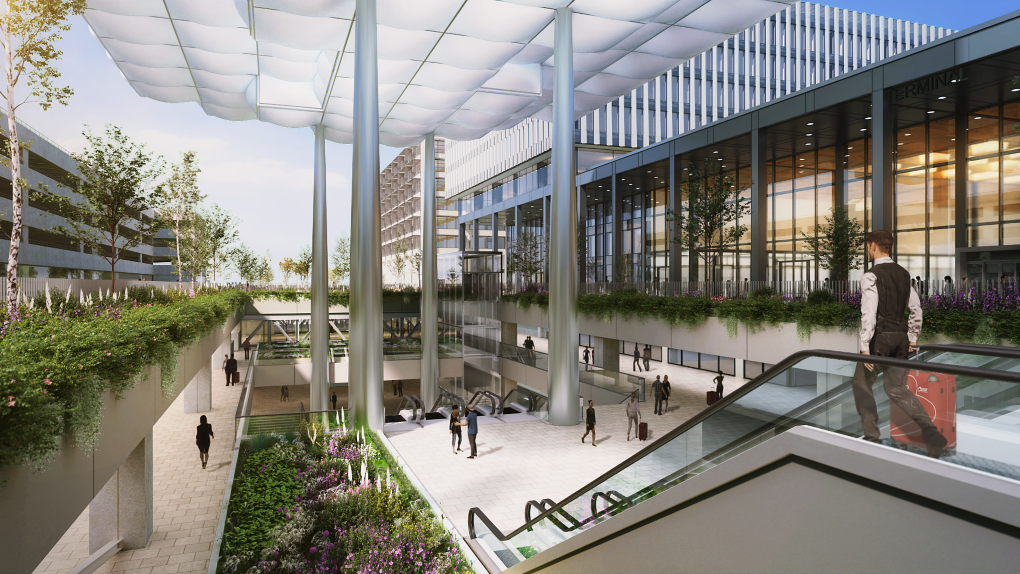
Flemish Deputy Minister-President and Minister of Vlaamse Rand Ben Weyts added, “The airport in Zaventem is an engine of prosperity and a major employer in Flemish Brabant, which also has enormous value for the rest of Flanders and certainly Brussels.
“Large investments in the airport pay off for all of us. Moreover, a lot of attention goes to the livability of the area, better multimodal access and more green space. More growth for the airport and more attention to the environment in the Vlaamse Rand once again go hand in hand here.”
Terminal expansion and new hotel
Another key component of the modernisation project is the extension of the departure and arrival halls to enhance connectivity between the terminal and various transport modes. This expansion will create more space to optimise passenger flow, simplify processes such as check-in and enhance mobility assistance services for passengers.
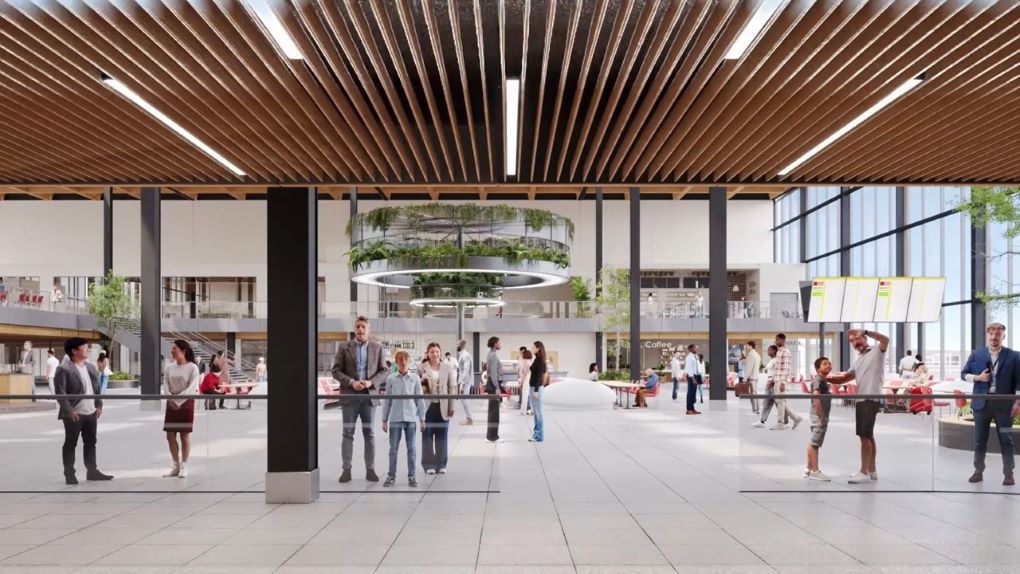
In addition, the redesign will create more space in the aisles of both the arrival and departure halls, especially around the first check-in rows, where capacity is nearing its limit during peak times.
To address the increasing travel demand, the airport will feature a new a four-star hotel with over 300 rooms, providing a wider range of options for passengers, combined with the existing Sheraton hotel.
Building a sustainable future
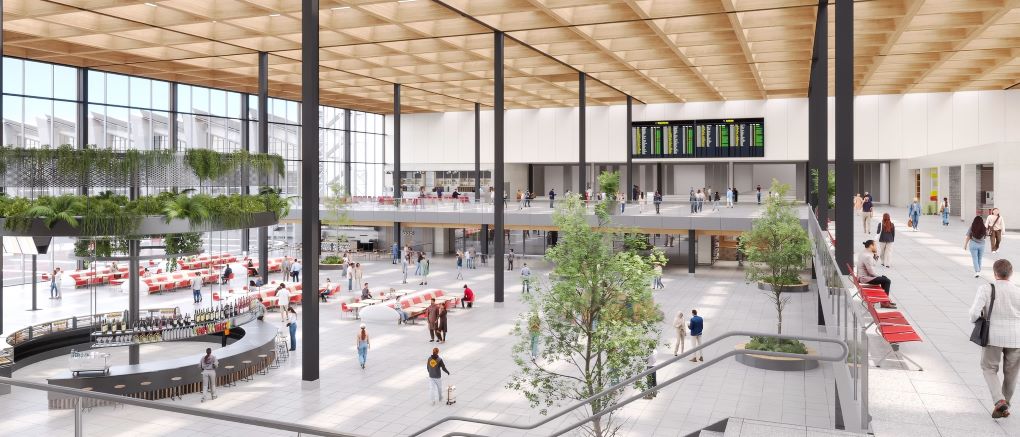
The airport redevelopment project is built with sustainability at its core, ensuring a thoughtful balance with quality and passenger experience.
The design features optimal use of natural light, sustainable materials and future-proof technologies, including water infiltration, an underground geothermal storage (BTES field), heat pumps and solar panels for electricity.
Construction of the intermodal hub, terminal and hotel is set to begin by late 2026, with completion scheduled for 2032.
Development of the new drop-off zone is scheduled to start by the end of this year, with completion expected by late 2026. ✈












